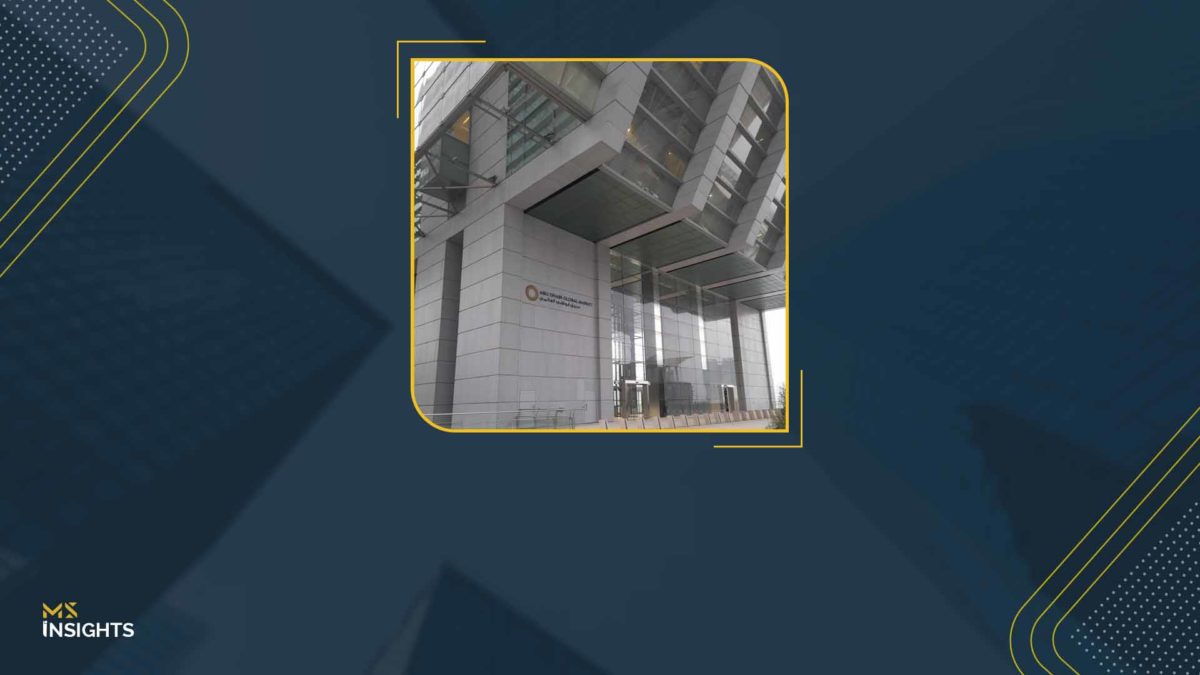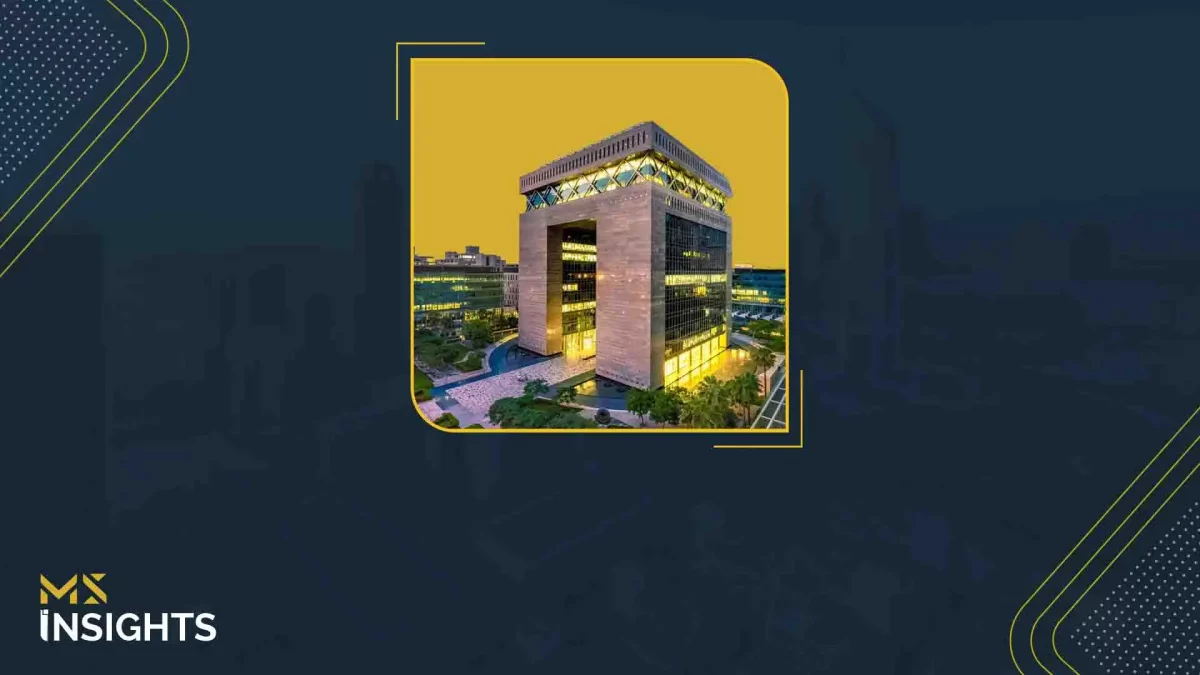The Essentials
Understanding corporate tax for DIFC SPVs has never been more important. DIFC SPVs can benefit from a 0% corporate tax rate if they qualify as free-zone persons and their income meets the FTA’s qualifying criteria. However, non-qualifying income, failure to meet substance requirements, or inadequate governance can result in the SPV being subject to the standard 9% corporate tax rate. Sponsors, investors, and multinational groups must carefully structure SPVs, document beneficial recipients of income, maintain appropriate governance and substance, and comply with reporting obligations to safeguard tax efficiency and long-term operational clarity
DIFC SPVs are powerful tools, but in the era of UAE corporate tax, power comes with responsibility. How you structure, document, and manage your SPV now directly determines whether it enjoys a 0% rate or faces 9% corporate tax. For investors and sponsors, understanding the rules is essential.
The Legal Frame: UAE Corporate Tax Basics That Matter to SPVs
In December 2022 the UAE enacted Federal Decree-Law No. 47 of 2022 (the Corporate Tax law). The law establishes a standard headline corporate tax but also creates a differentiated regime for qualifying free-zone persons (QFZPs), under which qualifying income can benefit from a 0% rate while non-qualifying income is taxed at the standard rate (9% at introduction). The Ministry of Finance / Federal Tax Authority (FTA) has supplemented the law with multiple Cabinet and Ministerial decisions and practical guidance documents that explain how the free-zone rules operate.
In the case of corporate tax for DIFC SPVs, the essential takeaway is that being incorporated in a free zone is not by itself a guarantee of 0% tax – the DIFC SPV must meet the QFZP tests and the revenue must be qualifying income under the detailed rules set out by the FTA. If these thresholds or substance tests are not met, the SPV will be a standard taxable person and subject to corporate tax on its taxable income.
What is a DIFC SPV and How the Regime Treats It?
DIFC defines SPVs as entities established to isolate assets or liabilities; they are typically passive, cannot employ staff, and are subject to the DIFC Companies Law as private companies. Their common uses in Dubai include securitizations, asset holdings, insolvency-remote structures and capital-markets transactions. The legal design is frequently deliberately “thin” (no employees, limited activities) – historically, that thinness was tax-efficient under older regimes but now raises substance and classification questions under the UAE corporate tax rules.
The FTA’s guidance recognizes numerous SPV scenarios in its technical material (including interest deduction and free-zone guides) and explicitly illustrates how SPVs can be treated under the corporate tax law. For example, in discussions around whether an SPV is an exempt person, whether its income is qualifying free-zone income, and how interest limitation rules apply to securitization financings. Those examples are critical for practitioners because the tax outcome will often turn on the commercial facts and the instrument design rather than merely the label “SPV.”
Corporate Tax for DIFC SPVs: The “Qualifying Free Zone Person” (QFZP) Test
The FTA’s Corporate Tax Guide on Free Zone Persons sets out the tests for a QFZP and for “qualifying income.” Key elements include:
- Qualifying activities / excluded activities: Not all activities are eligible for the 0% treatment (some excluded activities, e.g., certain retail transactions to natural persons, change the analysis). The guidance lists qualifying vs excluded activities and how to treat cross-border and domestic dealings.
- De-minimis and related business tests: QFZP status can be lost if non-qualifying revenue exceeds small de-minimis thresholds (typically a 5% de-minimis in certain contexts), or if the business has material mainland operations that create a domestic permanent establishment.
- Substance requirements and continuous compliance: The free-zone 0% is conditional on economic substance and other behavioral requirements (e.g., management and control, adequate staff, premises where required by the activity), and on meeting the FTA’s record-keeping and reporting expectations. FTA UAE
For many DIFC SPVs, that raises two immediate questions: (a) can a typically thin SPV satisfy the substance/functional requirements for the qualifying activity it claims, and (b) does the SPV’s income meet the definition of “qualifying income” as per the FTA’s examples? The answers are fact specific and must be documented.
Corporate Tax for DIFC SPVs: Practical Implications of the 0% and 9% Regime
If a DIFC SPV qualifies as a QFZP and its income is “qualifying income,” that income can attract 0% corporate tax for DIFC SPVs. If it does not qualify, taxable income will generally be taxed at the federal corporate tax rate (historically introduced at 9% for most taxable persons). That binary has several practical consequences:
- Financing structures and withholding realities: Many SPVs are part of cross-border debt and capital markets structures where interest flows, guarantees or servicing arrangements can create non-qualifying connections (e.g., if payments are ultimately routed to natural persons or to mainland recipients). Structuring must therefore anticipate whether counterparties are “beneficial recipients.”
- Group and consolidation effects: Presence of mainland operations, or complicated group service arrangements, may cause an SPV’s non-qualifying income to exceed de-minimis thresholds and push the SPV out of QFZP status, exposing its entire taxable base to the standard rate.
Interest Limitation, Transfer Pricing and Financing Considerations
The FTA has issued separate guidance on interest deduction limitation rules and has used SPV examples to illustrate when deductions may be limited. SPVs commonly feature leveraged capital structures; therefore, the interest limitation (earnings stripping style) rules and arm’s-length rules must be considered when determining taxable income and allowed deductions. In securitization and syndicated financings, how debt is issued, who bears economic risk and where management/control is exercised will affect whether interest is deductible and whether the SPV is treated as tax resident for any purpose beyond the DIFC.
Transfer-pricing documentation is likewise important for intra-group fees, servicing charges and any intercompany guarantees. Multinational groups that use DIFC SPVs to allocate risks should expect to support pricing with contemporaneous documentation reflecting functions, assets and risks.
Compliance: Registration, Returns and Record-keeping
Even QFZPs must file returns and comply with FTA reporting requirements. The FTA’s guidance and large firms’ practical notes stress that free-zone companies – including DIFC SPVs – must maintain records that demonstrate why revenue is qualifying and how substance is met (management minutes, premises leases, staff records or outsourced arrangements where permitted). Early and accurate tax return submissions, reconciliation of accounting profit to tax base, and readiness for FTA queries are non-negotiable.
Commercial and Transactional Consequences for Investors
From a commercial standpoint, the corporate tax changes shift negotiating positions and due diligence checklists:
- Investment pricing and modelling: Expected tax outcomes (0% vs 9% plus any effective top-up rules applicable to large multinationals) should be built into project IRRs and pricing. The UAE’s later introduction of a domestic minimum top-up tax for very large groups should also be considered where group-level effective rates matter.
- Documentation of beneficial recipients: Lenders, servicers and counterparties will insist on contractual protections and representations about the tax status of counterparties and the beneficial recipients of income.
- Restructuring and migration decisions: Groups may need to redesign SPVs or add governance and functions (e.g., onshore personnel, board practices) to ensure qualifying status where commercial economics justify that work.
Practical Checklist for DIFC SPV Design to Qualify 0% Corporate Tax
Below are core practical steps that help mitigate tax risk:
- Run a QFZP test early: apply the FTA free-zone guidance to the proposed activities and counterparties. Document the analysis.
- Document the beneficial recipient of income: ensure contracts and cashflow waterfalls demonstrate who ultimately receives and benefits from services/goods.
- Substance by design: where possible, ensure an appropriate level of governance, host-jurisdiction oversight, and documented decision-making consistent with the claimed qualifying activity.
- Model interest limitation and TP impacts: run sensitivity analyses on interest deductibility and transfer pricing outcomes and consider alternative capitalization structures.
- Plan for reporting and audits: prepare template returns, supporting workpapers and be ready for FTA queries or free-zone authority reviews.
How MS Delivers Expert Guidance for DIFC SPV Setup and Compliance?
MS provides end-to-end support for establishing DIFC SPVs, ensuring every step aligns with regulatory requirements, corporate governance standards, and the strategic objectives of sponsors, investors, and holding structures. Our team guides clients through entity structuring, name reservation, incorporation documentation, drafting of constitutional documents, and coordination with the DIFC Registrar of Companies. We also advise on ongoing compliance obligations, including registered address requirements, corporate governance, filings, and the implications of the UAE corporate tax for DIFC SPVs. With deep expertise in DIFC frameworks and multi-jurisdictional structures, MS ensures that each SPV is set up efficiently, fully compliant, and optimized for long-term operational and tax clarity.









